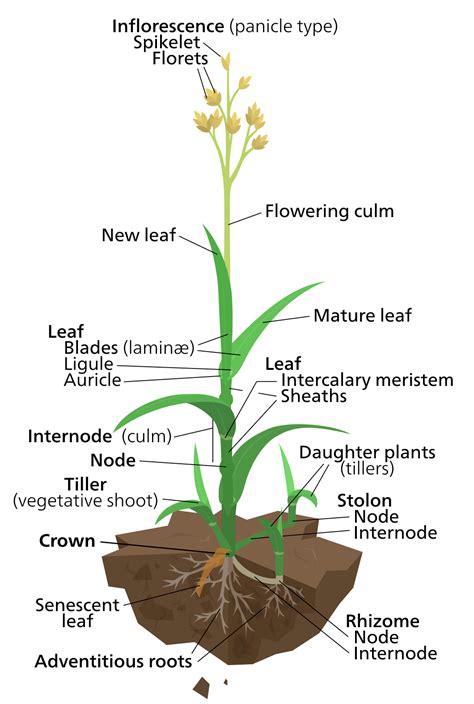How Are Plants of the Grass Family Useful to Us?
Grasses. We see them everywhere – from sprawling lawns to swaying fields of wheat. But beyond their aesthetic appeal, the Poaceae family, commonly known as grasses, plays a vital role in sustaining human life and shaping our world. Their usefulness extends far beyond simply looking pretty. Let's explore the multifaceted ways grasses benefit us.
Food: The Cornerstone of Human Diets
Grains: The Staple Foods: The most significant contribution of the grass family is arguably our food supply. Major cereal grains – wheat, rice, maize (corn), barley, oats, rye, and sorghum – are all grasses. These grains form the basis of diets worldwide, providing essential carbohydrates, proteins, and micronutrients to billions. Think bread, pasta, rice dishes, cereals – all stemming from these incredible plants.
Beyond the Grains:
- Sugarcane: This sweet grass provides a significant portion of the world's sugar.
- Bamboo Shoots: Certain bamboo species offer edible shoots, a popular ingredient in Asian cuisine.
Environmental Benefits: More Than Just Looks
Oxygen Production: Like all plants, grasses contribute significantly to oxygen production through photosynthesis, helping to maintain the balance of our atmosphere.
Soil Health: Grass roots help bind soil, preventing erosion and improving soil structure. This is especially crucial in preventing desertification and maintaining fertile land for agriculture.
Carbon Sequestration: Grasses play a vital role in carbon sequestration, absorbing atmospheric CO2 and storing it in their roots and soil. This contributes to mitigating climate change.
Biodiversity Support: Grasslands support a wide array of plant and animal life, providing habitats for countless species. They are biodiversity hotspots.
Other Uses: A Versatile Family
Animal Feed: Grasses are a primary food source for livestock, providing nourishment for cattle, sheep, horses, and other herbivores. This directly supports meat and dairy production.
Building Materials: Bamboo, a member of the grass family, is a remarkably strong and versatile building material used in construction and crafting. It's a sustainable and rapidly renewable resource.
Biofuels: Research is ongoing into the potential of grasses as a source of biofuels, offering a more sustainable alternative to fossil fuels.
Thatch and Roofing: In some regions, dried grasses are still used for thatching roofs, demonstrating their durability and practical applications in construction.
Conclusion: The Unsung Heroes
The grass family, often overlooked, is a cornerstone of human civilization. From feeding billions to supporting ecosystems, their contributions are immense and crucial for our survival and well-being. Understanding their importance highlights the need for sustainable practices to protect these invaluable plants and the environments they support. Appreciating the diverse uses of grasses allows us to better conserve these essential resources for future generations.
